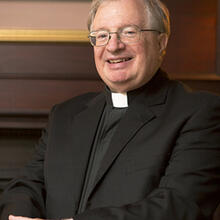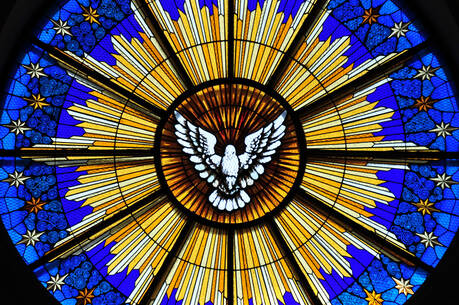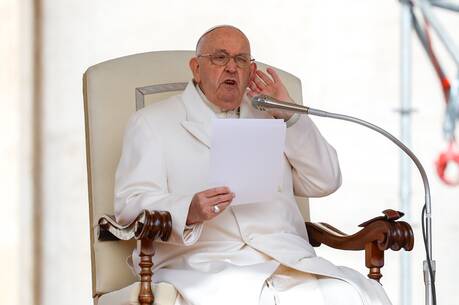Sailors’ Snug Harbor was a residence for retired merchant seamen located on the north shore of Staten Island along the Kill Van Kull, the narrow strait separating the island from New Jersey. Established in 1833 through a bequest by Robert Richard Randall, a wealthy New York merchant who died in 1801, the Harbor was the site of one of the most distinguished sets of Greek revival buildings in the country. When Snug Harbor was built, Richmond Terrace, the waterside avenue along the north shore, was a tree-lined boulevard populated with more Greek revival mansions, the summer residences of wealthy New Yorkers.
As a boy I visited the Harbor a few months before it closed. The farm animals that had grazed its 83 acres had been sold off, and the snugs, as the seamen were called, were preparing to depart for North Carolina, where costs were cheaper and the weather milder. What caught our boyish sense for yucky curiosities were the spittoons, a fixture of the snugs’ recreation room but by then unknown in most private homes. In addition, a model ship museum and especially a collection of ships in bottles astonished us. To this day, the secret craft of building a ship in a bottle continues to fascinate me.
The Harbor lay boarded up for nearly two decades until local preservationists began raising funds to save the buildings. For 14 years my mother volunteered there, helping with bake sales, collecting admission and event tickets, and taking in the culture. There were local and national art shows, concerts and craft workshops. For a couple of seasons, the Big Apple Circus set up its tents there. Eventually, it grew as a cultural center with a museum, art galleries, a theater and artists’ ateliers. Starting in 1977, the Staten Island Botanical Garden began to establish a series of thematic gardens there, the most intriguing of which is the New York Chinese Scholar’s Garden.
Modeled on a 14th-century garden outside Suzhou, China, it replicates the kind of ex-urban retreats Chinese mandarins (scholar-bureaucrats) created for themselves during the Ming (1368-1644) and Qing (1644-1911) Dynasties. An artful blend of architecture, plants, water and stone, the walled garden teases and pleases the imagination at every turn. There are vistas and inviting, half-hidden aperçus. Unpaned windows of every design frame charming views. There are porches and towers, bridges and pathways paved in changing designs made of oblong, white and black river pebbles. There is a stream, three ponds, a waterfall and a canal. In addition, there is natural stone, sometimes with the appearance of contemporary sculpture and at other times clearly part of a Chinese aesthetic intended to bring mountain landscapes inside the garden and to contrast the solidity of the stone with the fluidity of the water.
The curators provide guide boards—in English and Chinese—on the plant life, water and stone, calligraphy and architecture, so visitors can do several walkabouts with a different focus each time. I must confess that as a Westerner, I have sometimes found Chinese aesthetics, and especially its symbolism, strained; but after a couple of guided walks through the garden, I find myself taken in. The Scholar’s Garden is a miniature world-within-a-world in which a harried urbanite is wrapped in tranquility and a religious Westerner easily learns the spiritual comforts of Eastern aesthetics.








